I am sure you’ve noticed an increase in food/bake items containing Ube appearing on your feed this past year or two.
Taking the hipster world by storm, Ube (pronounced as “oo-bay”) is a purple yam originating from the Phillipines and is widely applied in local deserts. It is not to be confused with Taro, which is more adaptable in savory dishes.
Due to its natural sweetness, this root is most commonly found in sweet treats, namely Halo-halo, the iconic Filipino dessert. Despite its sweetness, it is considered a healthy food, rich in fiber, vitamins and anti-oxidants.
The Ube trend caught on so quickly due to its beautiful color. That vibrant purple really stands out and trendy restaurants and bakeries are quick to incorporate it into their menu. From doughnuts to cookies, cakes to ice creams, this purplish yam is seemingly in everything you can imagine now.
Now more than ever, people eat with their eyes first, and there is no denying this purplish loaf is a definite eye catcher.
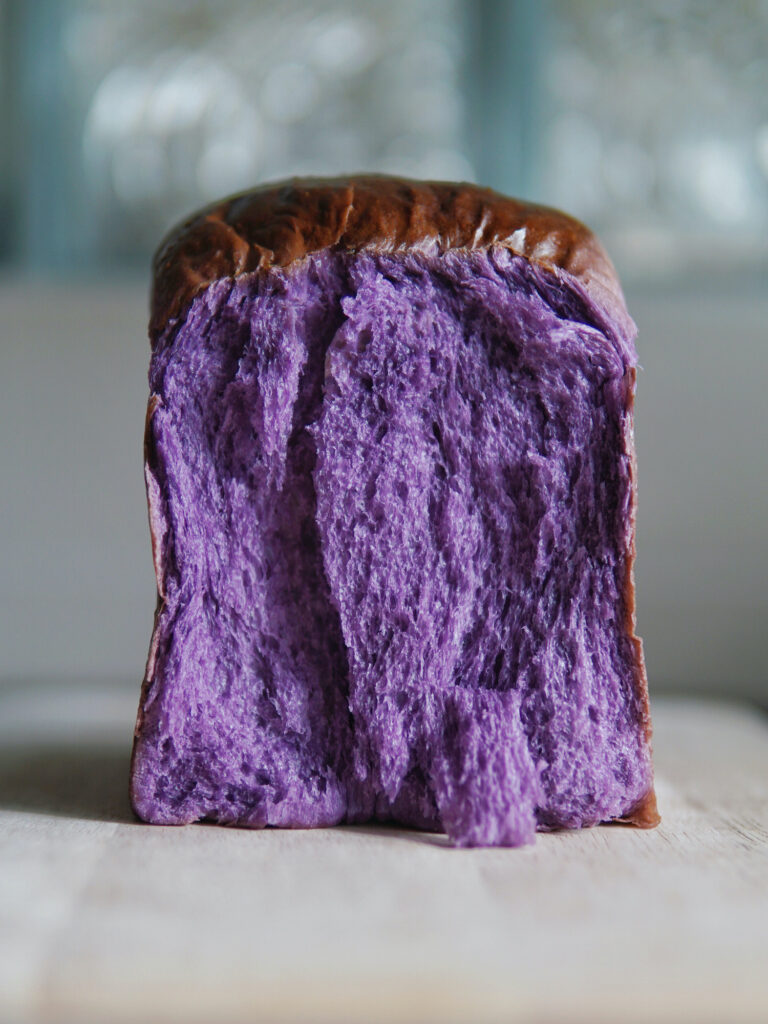
By no means am I in the hipster subculture bandwagon, but I have to admit, ube-anything looks stunning! I just had to try out an ube loaf and was so happy with the result. I wasn’t able to get my hands on real ube, so I used extract instead.
Similar to my Yudane Charcoal Bread post, this loaf is all about the aesthetics. In terms of flavor, the extract gave a hint of sweetness and fragrance while the bread is soft and fluffy as always! Seeing how beautiful this loaf turned out, I would want to recreate it with some real ube in the future. Let me know in the comments section below what ube treats you would like to see!
Ube Milk Bread (Tangzhong Method)
Ingredients
Tangzhong
- 20 g high protein bread flour
- 100 g milk or water
Main Dough
- 130 g fresh milk chilled
- 1 tsp ube extract (I used Koepoe Koepoe brand)
- 1 egg yolk
- 30 g castor sugar
- ½ tsp salt
- 10 g milk powder
- 290 g high protein bread flour
- 1 tsp dried instant yeast
- 25 g unsalted butter softened
- icy cold water or egg wash for spraying
Instructions
(A) THERMOMIX – Tangzhong & Dough Kneading
- To make the tangzhong, place 20g high protein flour and 100g milk in mixing bowl, cook for 3min/80°C/spd 3 and let stand for 10-15 minutes until temperature lowers down to 37°C.
- Stir ube extract into milk and mix then add into mixing bowl. Add egg yolk, sugar, salt, milk powder, remaining 290g high protein flour and yeast then knead 4min.
- Add butter, knead 1min.
(B) CONVENTIONAL – Tangzhong
- Prepare tangzhong by mixing flour in water and whisk together in a pot, ensuring the mixture is well combined with no lumps. Cook over medium-low heat, stirring consistently to prevent burning and sticking while you cook.
- The mixture will gradually become thicker. Once you notice that some “lines” appear in the mixture for when you stir with the spoon, it’s done. Your tangzhong is ready.
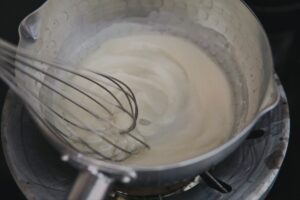
- Transfer into a clean bowl. Cover with a cling wrap sticking onto the surface of tangzhong to prevent it from drying up. Let cool (I always let it chill in the refrigerator because I am impatient).
- You can pre-make the tangzhong ahead of time and store it chilled in the fridge for a few days. If you've chilled your tangzhong, ensure to return it at room temperature first before using.
(B) CONVENTIONAL – Dough Kneading
- Stir ube extract into milk and mix.
- Add all ingredients (except butter) into breadmaker; first the wet ingredients (egg, ube milk mixture, tangzhong), then followed by the dry ingredients (sugar, salt, flour, milk powder, yeast).
- Select "dough" mode and let knead until all ingredients come together, usually I let it knead for approximately 8-9 minutes.
- Then add in the butter, continue kneading until the dough is smooth and elastic. The time of kneading in the breadmaker should take approximately 23-25 minutes.
Bulk Fermentation & Dough Shaping
- Transfer dough to pastry mat, shape into ball and flatten with rolling pin and fold to wrap dough ball loosely into an envelope shape. Let proof in a warm place covered loosely with clingwrap/damp towel until doubled in size (approx. 45-60 minutes).
- Punch down dough to deflate. Divide dough into 2 (or 3) equal portions and roll into a round shape – let rest for 10-15 minutes so the dough will be easier to handle.
- To shape each mini loaf, flatten a ball into a long oval shape. Fold 1/3 from right edge to the middle and press. Fold 1/3 from left edge to the middle and press lightly. Roll it out slightly and roll into a cylinder. If you need some visual guidance, you can also watch how I shape my loaf on my Youtube channel here.
- Arrange dough logs, seam side down in a bread loaf tin (I am using a 450g Pullman Loaf Tin 8x4x4") and let proof for approx 40 minutes until dough fills up 80% of the tin. Ideally, the best temperature for 2nd round proofing is at least 30°C to 38°C. On days when it's cold, you can heat up a cup of water in the microwave for 30-40 seconds then proceed to leave your dough inside the microwave to rise. During last 15 minutes, preheat oven to 180°C.
- Spray dough with icy cold water / or egg wash and bake for 25-30 minutes at 180°C until golden brown. If you're wanting a square-shaped loaf, this step and baking temperature would vary so please refer to the notes on loaf shaping at bottom of this post.
- Remove milk bread from tin and allow to cool completely on a cooling rack for at least an hour before slicing and serving.
Notes
CHECK OUT THE RECIPE INDEX FOR MORE DELICIOUS BREAD RECIPES!
Have you tried this recipe?
IF YOU MADE THIS RECIPE, I’D LOVE TO SEE HOW IT WENT!
TAG ME ON INSTAGRAM @THEBAKEANISTA SO I CAN HAVE A LOOK
AND RE-POST ON MY IG STORIES!

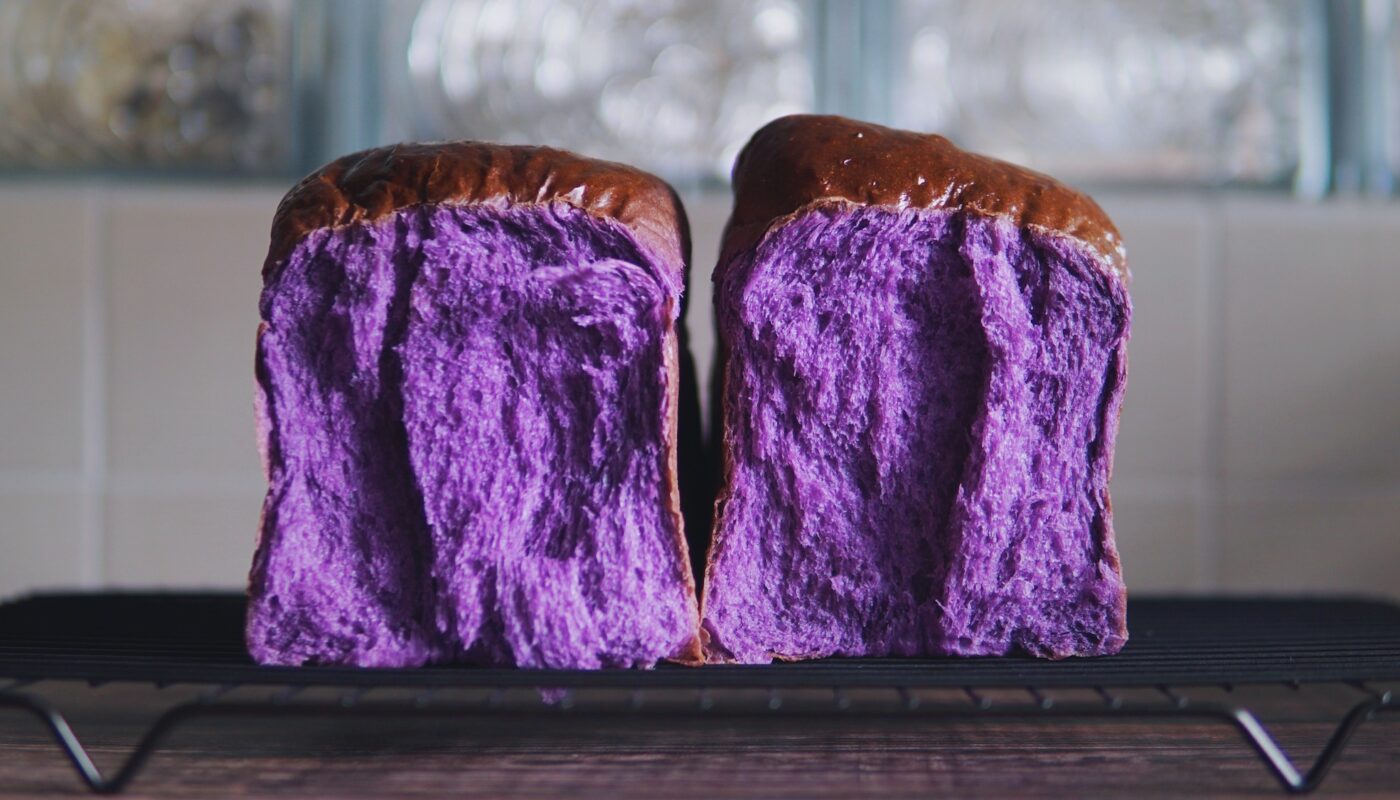
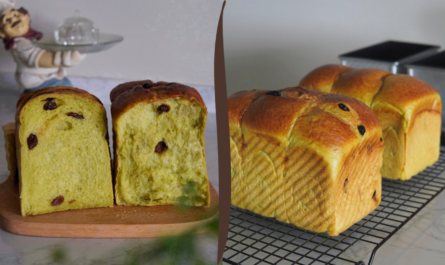
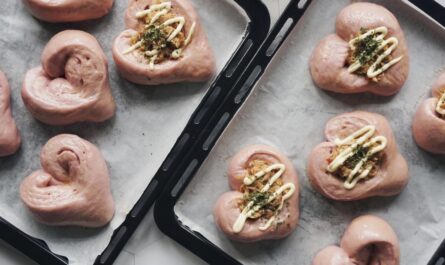
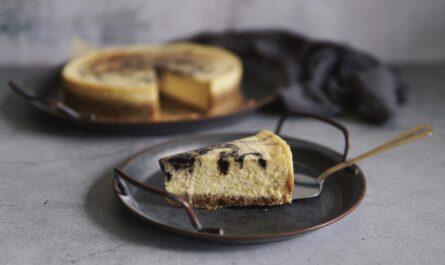
Love the recipe i may use this to make ube cheese bread.
That’s a brilliant idea!! Ube and cheese works so well together.
I do not use thermomix just knead the dough on my kitchenaid tried the milky bread with ube fillings turn out good.
Love how detailed the recipe are listed out and beautiful creation always
I’m honored to have been an inspiration to you! Thank you for your lovely kind words
Hi! I would like to make tanggzhong charcoal bread using bamboo charcoal powder. How should I tweak this recipe? Thanks so much!
Hi, you can use 2 tsp of charcoal powder for a dark charcoal loaf.
Can replace the ube extract with sweet potato powder?
Yup you can do that, but add 1.5 tsp of sweet potato powder with 1 tbsp of milk
Is it possible to make this bread with real mashed ube?
Using fresh Ube would require a fair bit of adjustments, I suggest trying using the pumpkin buns recipe I have for using fresh ube.
Ube chiffon cake? Your pandan and earl grey chiffon cake recipe are failproof and delicious!
I actually have easier access to fresh ube, than I do ube extract. I’m wondering if you might have a recipe that would utilize fresh ube instead? I’m dying to make this for my kiddos!
Sorry I don’t as where I live, we do not have access to fresh ube unfortunately.
HI what happens if you don’t use a “high-protien flour”? I only have all-purpose flour ay home right now but I’m really craving this bread!
Hi Megan, all purpose flour does not have enough protein % in it so the bread will not rise as well as high protein flour as there will be lesser gluten formation.
Hi. I’ve not tried anything ube yet and am interested in doing so. The bread in particular I wanted to try. My question is regarding “castor sugar” and “high protein” bread flour. I live in the US and I haven’t seen bread flour described as high protein. Is there a brand you can give me to look for or is regular bread flour ok? Same with castor sugar. I haven’t seen that in our stores. Is white sugar ok or do I need to add some brown sugar or molasses? Thx
Hi Kat, apologies for the delayed response. High protein bread flour is essentially bread flour. Castor sugar is finer white sugar. Granulated sugar would work too.